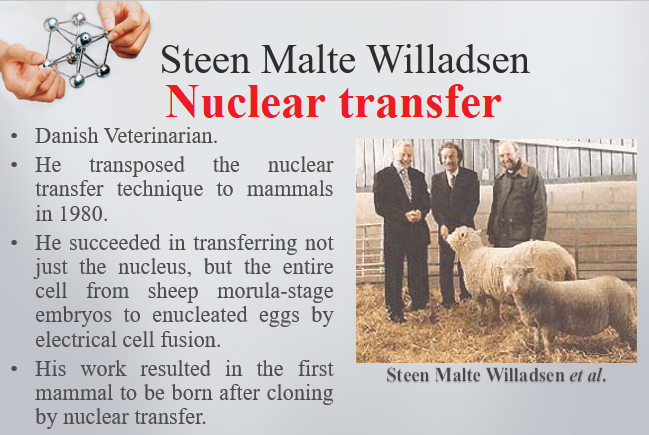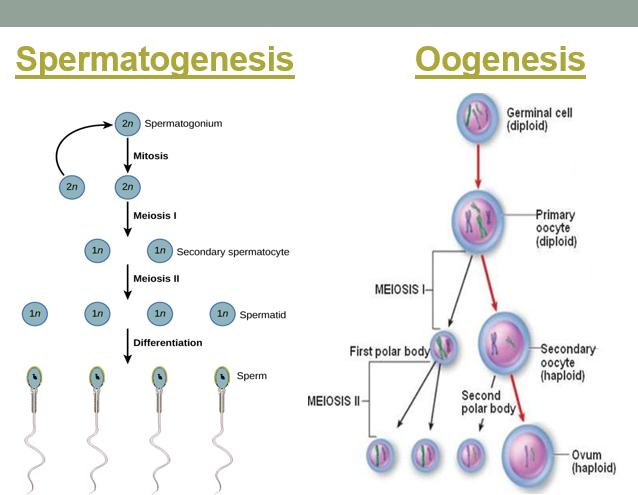History of embryology and biogenetic low are two interesting topic to be presented here. ....
Category: Veterinary Anatomy and Histology
Hen’s egg Anatomy
Eggs contain many vitamins and minerals that are essential parts of a healthy diet, and in many parts of the world, eggs are a readily available, inexpensive source of food.
The structures of egg are Germinal disc (blastoderm), Yellow yolk, White yolk, Nucleus of pander, Chalaza, Egg shell, Cuticle or bloom, Exterior albumen (outer thin albumen), Middle albumen layer, Internal albumen (Chalaziferous albumen), Vitelline membrane, Air chamber/ Air cell and Fertile Hen’s Egg.
For more details download the attachment. ....
Fertilization and Morula
Fertilization is successful union of the two male and female gamete and formation of zygote which further goes to cleavage to form morula, blastula, gastrula and this cellular construction results into formation of different tissue and organs to construct systems in body.
For more details download the attachment. ....
Egg envelops
Egg envelops are of three types which are primary, secondary and tertiary. They are also known as egg membranes. Primary egg membrane is produced from ovarian cytoplasm. Secondary egg membrane is the product of the ovarian follicle. Tertiary egg membrane is secreted by the lining of the uterine tube.
For more details download the attachment. ....
Distinguish characteristics of digestive system of Camel
What type of Eggs you ate in your daily routine?
Cell Division, Gametogenesis and Theory of Ovulation
Cell division includes cell cycle and its phages, mitotic cell division and meiotic cell division.
Gametogenesis is of two types spermatogenesis in male and oogenesis in female.
Theory of ovulation named Muscular contraction, Turgor theory, Stigma theory, Enzyme action and Hormonal action.
For more details download the attachment: PPT and PDF. ....
Blastula, Gastrulation, Extra Embryonic Membrane and Placenta
Blastula is a single cell layered structure with a cavity inside(Blastocoel) or cell layers of blastomeres. Blastula is end result of cleavage.
Gastrulation is process of formation of trilaminal embryo having 3 fundamental germ layer.
Placenta is an apposition or fusion of extra embryonic membrane with maternal endometrium for the purpose of protection, nutrition and gaseous exchange.
For more details download the attachment. ....
Histochemical Staining of Alkaline phosphatase, Acid phosphatase and Succinate dehydrogenase
Principles and Methods of Histochemical Staining of Alkaline phosphatase, Acid phosphatase and Succinate dehydrogenase.
Alkaline phosphatase is a generic name for phosphomonoesterases that hydrolyze orthophosphate at an alkaline pH. These enzymes are widely distributed, usually activated by magnesium, manganese, zinc, and cobalt ions and inhibited by cysteine, cyanides, and arsenates. This is a simultaneous coupling azo dye method first developed in 1944. It has been modified repeatedly. Sodium α-naphthyl acid phosphate, the substrate used, is hydrolyzed and then coupled to the diazonium salt (Fast Blue RR) which is then precipitated at the site of enzyme activity.
The complex naphthol, naphthol acid phosphate, is hydrolyzed by acid phosphatases present in the tissue, and naphthol derivatives are therby produced. The naphthol derivatives couple with the unstable diazonium salt, hexazonium pararosanilin, and other dyes (rosaniline, magenta II & new fuchsine) to produce a red azo dye that marks the site of enzyme activity.
Succinic dehydrogenase (SDH), is a soluble iron flavoprotein that catalyzes the reversible oxidation of succinic acid to fumaric acid. The histochemical demonstration of the activity of this enzyme is achieved by incubation of fresh frozen sections with a succinate substrate in the presence of a tetrazolium compound. Tetrazoliums are water-soluble compounds employed in histochemistry as redox indicators. Under appropriate conditions, tetrazoliums are reduced to formazans which are water-insoluble tetrazolium (NBT). Enzymatic activity releases hydrogen from colored compounds. Commonly used tetrazoliums include nitro blue the substrate, and the released hydrogen is transferred to the tetrazolium. With the addition of hydrogen, the tetrazolium is converted to purple-blue formazan pigment marking the site of enzyme activity.
For more details download the attachment. ....
Anatomy of eye
The eye is organ of sight. The eye has a number of components which includes cornea, iris, pupil, lens, retina, macula, optic nerve, choroid and vitreous. The structure of the eye is comprise of: Eyeball, Optic nerve, Accessory organs / Adnexa i.e. Orbital fascia, Muscles, Eyelids, Conjunctiva and Lacrimal apparatus.
For more details download the attachment. ....



